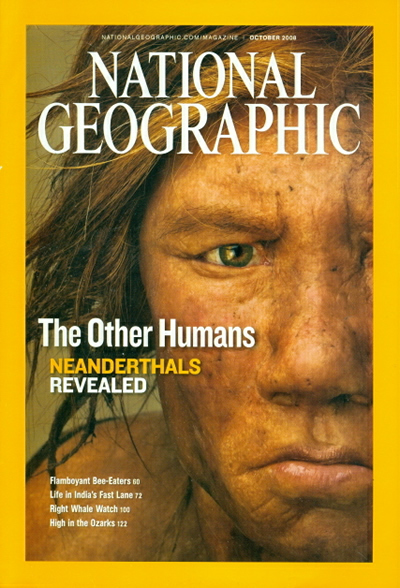Dear readers, this blog is for the Advanced Storytelling class at
Carleton University students. This following report shares my thoughts from and
recommendations for the class.
When thinking of the title, "Advanced
Storytelling" you may expect the class would focus on teaching story and
character development and ways to captivate and educate an audience through stories.
This class being paired with a story-based program like Journalism deepened my expectations
about the course's content. Instead it was much different.
During our first class, it became clear
that the course’s title was deceiving and that I would not be learning what I
came there to learn. Trying to keep an open-mind I stayed with the class - it
was only 6 weeks after all.
My program's title is "Interactive
Multimedia and Design" and it consists of half code and half computer
based design. It is a four-year University program and by the end of third year
we are capable of producing a wide range of pieces. As we have had a lot of
exposure to various forms of media by this point in our program, we know what
we like and what we don't like. In my program, senior students choose what
projects they would like to pursue. In this class, there was no choice and the
project was assigned. We were forced to
do web based project.
There were other people in the class who had great expertise in
web, and even earned a living from it. Now I am grateful person and often don't
complain about other people's abilities, but as a student with limited web experience, I
was put at a disadvantage when being judged against students who've focused all
of their efforts, projects, and work on web-design since the beginning of the
program. The groups who produced the best projects in the class were composed
of people who had done web design professionally. This was the most significant
and stress producing downfall for this class.
Looking back, I would allow the student's to produce a project in
whatever medium they choose, it would simply be a requirement to have both a
design and journalism portion. Trying to remain enthusiastic and engaged with the class, I tried to learn as much from
the Journalism students and Kanina (our professor) as I could.
What they knew and what they were doing interested me much more
than building another website. As an extrovert in a program full of introverts,
it was fun to see the more extroverted journalism students going out and
talking to strangers to learn more about them and their history. I even went
with one to a karaoke night, hosted by a ‘drag queen’ in Chinatown. I observed how the journalism students asked
creative questions to elicit great responses. Although that night was fun as
is, we stayed there for four hours in hopes to get information but the drag
queen just asked us to Facebook her in the morning instead. In regards to the
class, I learned most about Journalism from Kanina and the other students,
instead of ‘Advanced Storytelling.’
Being in a collaborative environment is
very important. It expands your knowledge immensely about the world around you.
The only downfall is that sometimes you are going to be learning things you
already know. In this class, I already knew about 75% of the information I was
exposed to both in and out of the classroom. For a student who is paying $790
dollars for 6-week class that is a hard pill to swallow.
I imagine it would take a great deal of
effort and organization to get a collaborative class to execute well. It seems
that for what the profs wanted to achieve, it hit the mark. Yet, for me I leave feeling a bit frustrated, but glad I took the class. These comments above are simply
suggestions to make the class more appealing to an IMD student.







